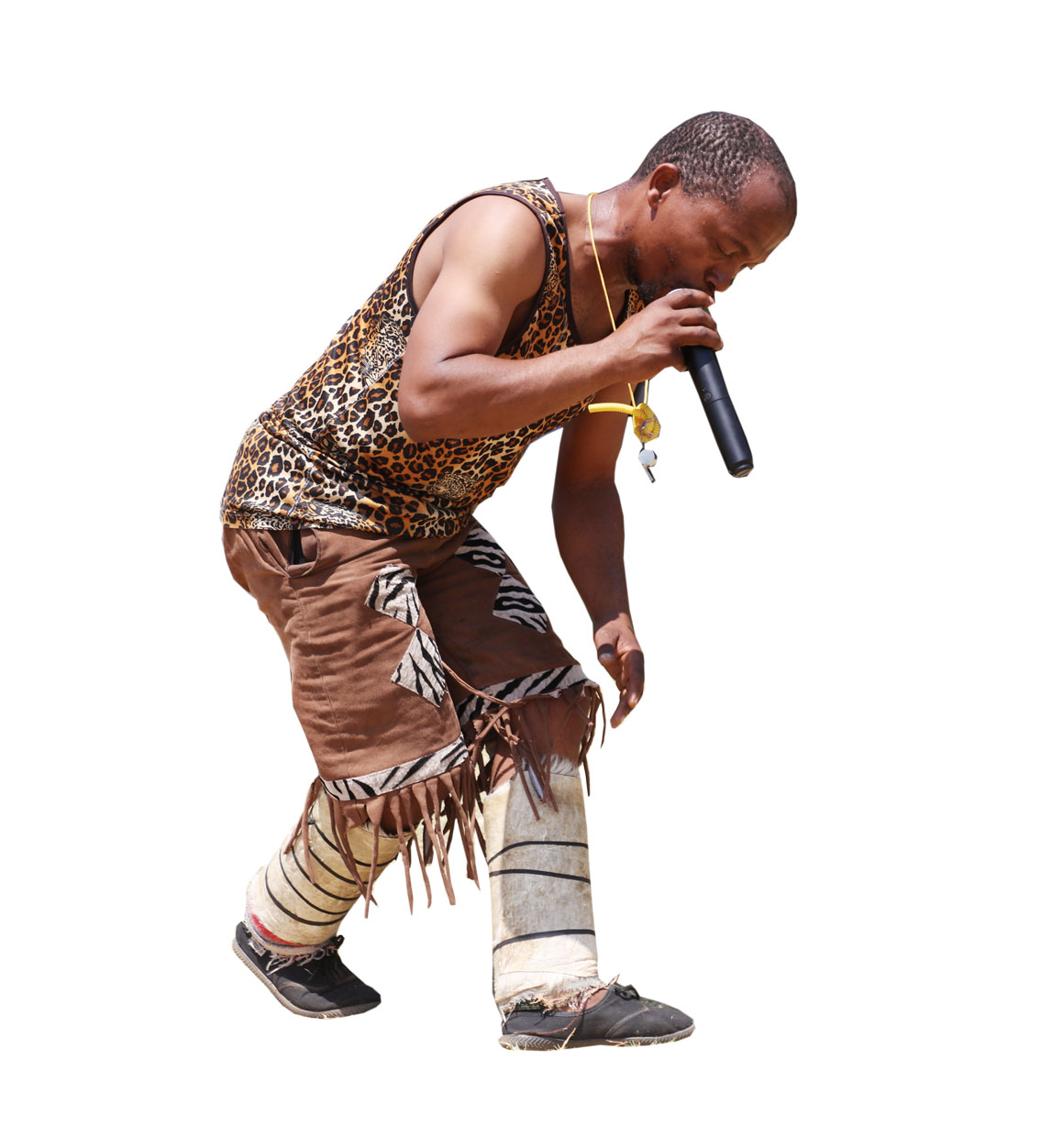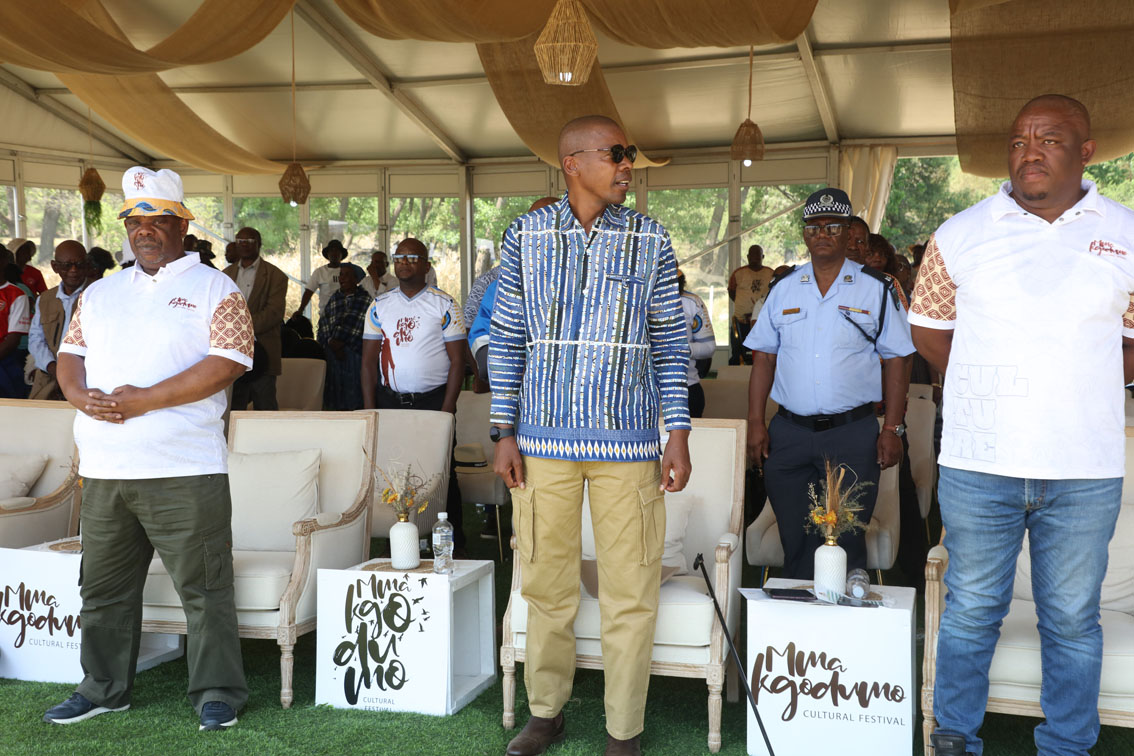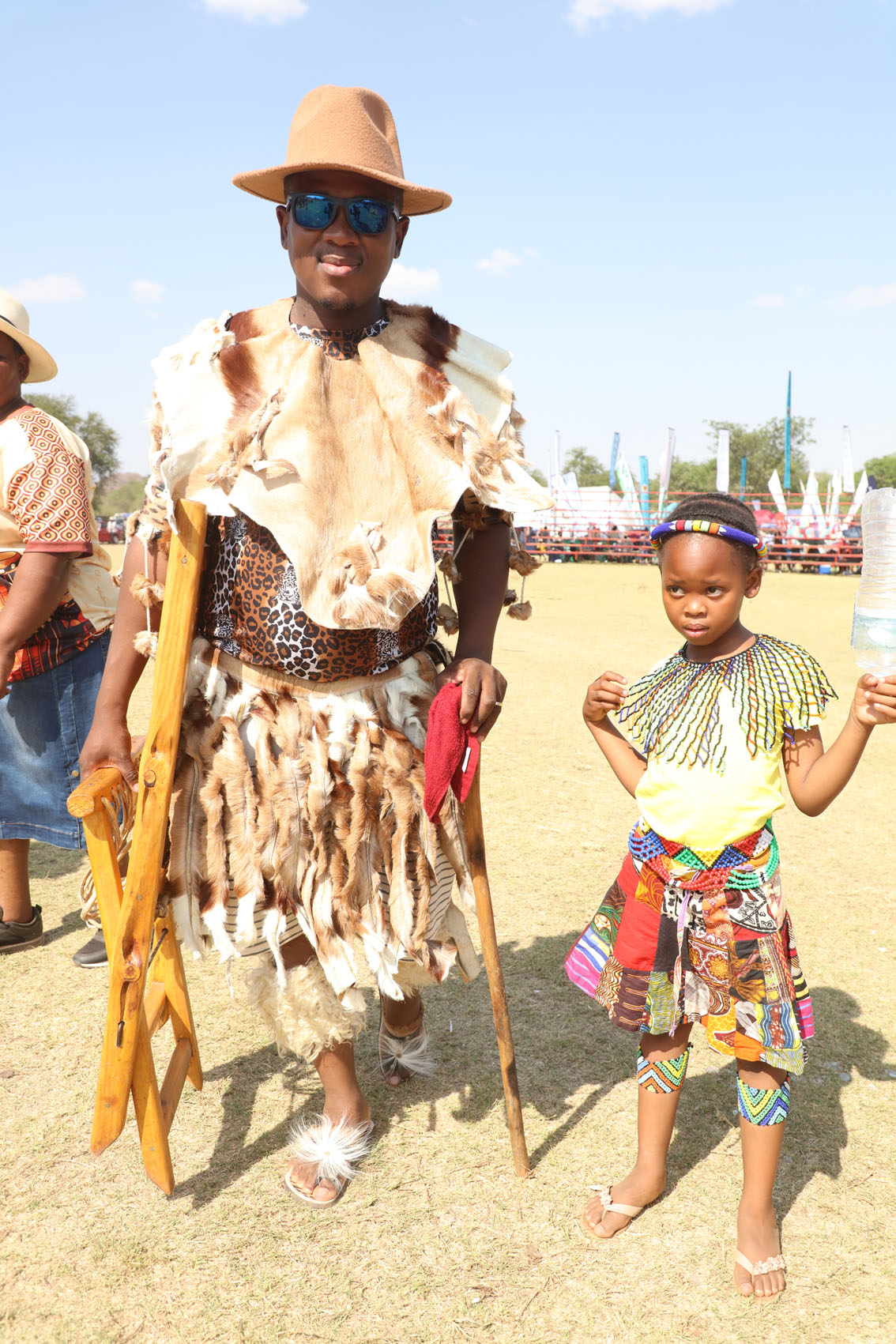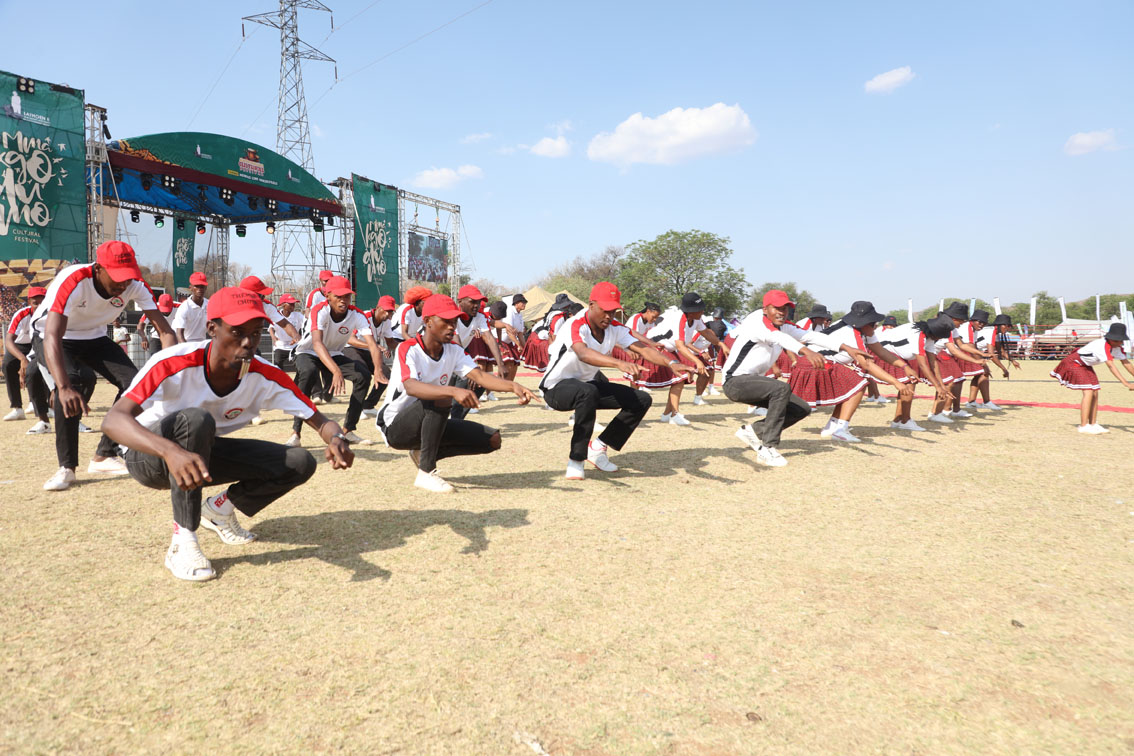FROM SCARY TALES TO SCENIC TRAILS
Source : Kutlwano
Author : Chendzimu Manyepedza
Location : Gaborone
Event : Interview
Nestled within the breathtaking landscape of Kanye, the Mmakgodumo gardens have undergone a remarkable transformation from a site steeped in haunting folklore to a vibrant hub of cultural celebration.
For generations, the area surrounding Mmakgodumo Dam has been cloaked in eerie tales whispered by local communities about mysterious creatures lurking beneath the water’s surface. Dark figures were said to wander along the banks on moonlit nights, instilling fear in the hearts of both young and old. Local folklore even narrated the existence of a serpent-like creature with the face of a woman, alluring unsuspecting visitors with her enchanting smile, ultimately drawing them into the depths of the dam, never to be seen again. This led to the area’s name, Mmakgodumo, derived from goduma, a Setswana word loosely translated as draught or gulp.
Despite these frightening stories, Bangwaketse have embraced a new narrative for the area, turning it into a haven for cultural celebration. Each year, they host the Mmakgodumo Cultural Festival to honour the dam’s rich history and to celebrate their cultural heritage.
This year’s festival, themed Ngwao Lore seikokotlelo, wove a vibrant tapestry of tradition, family, and unity. It celebrated the connections between the Bangwaketse and Basotho cultures, paying homage to the revered figure of Mohumagadi Mmakgosi Malope.
As the sun rose over the lush Mmakgodumo landscape, excitement filled the air. Elderly women adorned in traditional attire and various Mephato groups took turns at the festival grounds to present their Dikgafela to traditional leaders. These offerings, meant to express gratitude for the harvest, were presented as a way to give back to disadvantaged community members through Dikgosi.
The festival also featured an array of cultural activities, including poetry, traditional dance, songs, and games. Basotho dancers, dressed in their cultural garb, captivated the crowd with graceful movements synchronized with the rhythmic drumbeats, an enchanting reminder of the rich heritage shared between the intertwined cultures.
Artisans and crafters showcased their creations, including pottery, beadwork, and woven crafts, all telling the stories of Bangwaketse heritage. Various government departments participated as well, educating visitors about empowerment activities available to the community.
The Mmakgodumo festival serves not only as a remembrance of the community’s past but also as a catalyst for economic development. Leaders encouraged attendees to harness the natural resources available at Mmakgodumo for community benefit.
Taolo Mogobe, secretary of Bathoen II Trust and organiser of the festival, expressed enthusiasm for the festival’s impact, noting the importance of celebrating their heritage to strengthen identity and promote community cohesion. “As we open our doors to visitors, we hope this will create opportunities for growth,” he stated.
After a hiatus due to COVID-19 pandemic, the festival returned this year under new management, with aspirations to transform Mmakgodumo gardens into a tourist attraction.
Kgosi Malope II, the Bangwaketse Paramount Chief, praised efforts to preserve and celebrate Bangwaketse cultural activities. He urged stakeholders to collaborate in nurturing Mmakgodumo gardens, highlighting the abundant opportunities it presents for community benefit.
This year’s festival received sponsorship from the Ministry of Youth, Gender, Sport and Culture, t Botswana Tourism Organisation, Color of Sounds, and several other contributors. ENDS
















